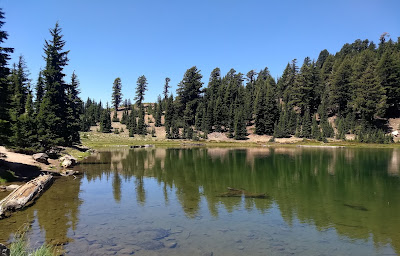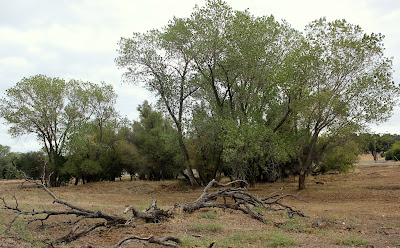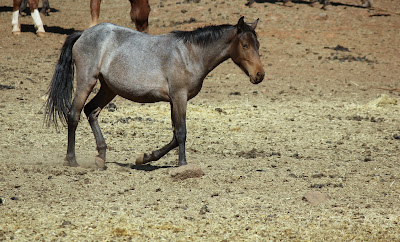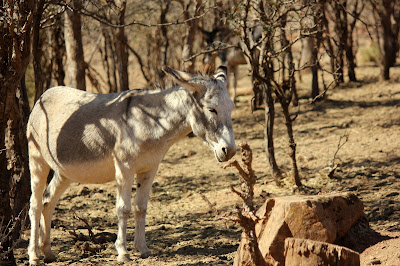I’m home from California and pretty much back into what passes for normal routine again. I loved seeing my family and my friend Kerri (see below), but boy, was it a challenging trip. For instance:
- It was more than 100 degrees, sometimes a lot more, every day except one.
- I felt an earthquake
- A hurricane brushed by my home in Florida while I was in California
- My stepmother broke her leg shortly before my visit, and I wound up staying alone at her house and going to see her in rehab every day.
On a happier note, I did manage a bonus visit with my friend Kerri who had some free time after her school year ended. She volunteered to meet me at the Sacramento airport and take me to my mom’s house after I struggled to find a reasonably priced rental car! We took a day and a half to explore together before parting ways. Another bonus: Kerri brought her pet Jindo mix, Gustie, a delightful addition to the trip. I’ve started calling him Gustie the Adventure Dog.
But in between coping with heat and broken legs, I enjoyed some lovely simple pleasures and everyday adventures. Today’s post will focus on one of them: a visit to Lassen Volcanic National Park.
Lassen, about three hours northeast of Sacramento, became a national park in 1916. It’s home to more than 30 volcanic domes, and includes all four types of volcanoes. The last volcanic eruptions at Lassen occurred between 1914-1917, with the most major one happening in 1915. It also has hydrothermal features like boiling mudpots, bubbling lakes, and steaming clouds of sulfurous gas. (Sound like a fun day trip?) But wait, there’s more!
The hydrothermal features are just one aspect of the park. It also has nearly 800 plant species and one of the largest old-growth forests in Northern California. Its elevation (5,500-10,500 feet) makes it a cooler place to visit on a hot summer day, and sometimes there’s even snow pack at higher elevations in the summer. We saw very little snow this time because California is experiencing historical drought and heat levels.
Since we had Gustie with us, we confined ourselves to what we could see at stops along the 30-mile highway. Leashed pets are only allowed in developed areas like roadways, parking lots, campgrounds, and picnic areas, because according to park information, dogs leave behind territorial scent that disrupts the behaviors of native animals like the rare Sierra Nevada red fox.
Some highlights:
Sulphur Works—a hydrothermal area right next to the park highway. A short walk on a sidewalk gets you close to this smelly, bubbling pool:
King’s Creek Meadow, at the foot of Lassen Peak:
 |
| Lassen paintbrush |
 |
| Shasta lilies |
Lassen has something for everyone: 150 miles of hiking and backpacking trails, places to boat and fish, camp sites, and even snowshoeing and backcountry skiing in winter. For a less physically challenging visit, you can enjoy the 30-mile highway with stops at places of interest like we did, or picnic by a lake. It’s definitely worth a visit if you’re in Northern California.
For more information:
https://www.nps.gov/lavo/index.htm























































.jpg)


